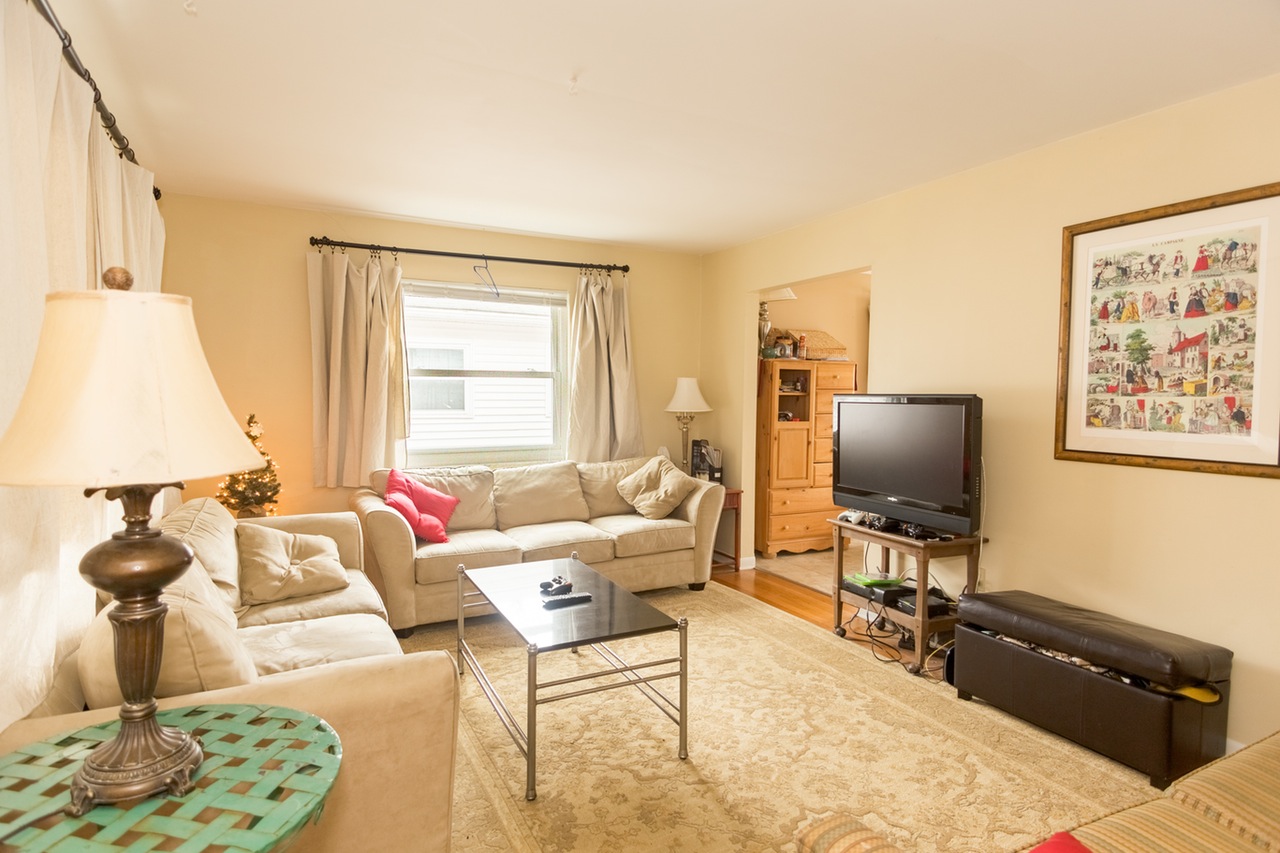The latest generation of energy efficient boilers can save you around 30 per cent on the cost of heating, so it seems a shame to throw away some of those savings by having deciding not to insulate your home effectively.
So if you’re considering a boiler replacement, you should also look at how else you can insulate your home. Not only will you be warmer, but you’ll also keep your fuel costs under control.
Windows
One of the first things that many people think of when they improve their home is replacing old windows. Double-glazing has come a long way in the last few years. The latest A+ rated sealed units have a larger gap between the panes than older glazing and are filled with an inert gas – usually argon – which makes them much better at keeping heat in. As an added bonus, the bigger gap cuts noise levels too.
The glass used in modern glazing also has a coating designed to reflect heat back into the room. This not only helps retain the heat generated by new boilers, but also makes the most of any heat from the sun that’s built up during the day.
Roofs and Walls
Warm air rises, so in an uninsulated property the majority of heat is lost through the roof. This has been recognised for a long time, and most houses have had loft insulation since the 1950s. However, in recent years insulation standards have changed. Current building regulations require a minimum of 270mm of insulation; many older houses will have less, so it’s worth checking to see if yours needs topping up.
If you have water tanks and pipes in the loft, it’s worth remembering that they need insulating too. Adding loft insulation will make the roof space cooler, so if the tanks and pipes aren’t insulated too, they’ll be more at risk of freezing.
The heat from energy efficient boilers can also be lost through the walls, so you may want to look at extra insulation here too. Houses built from around 1995 should have had some form of cavity insulation installed from new. In older houses it’s possible to insulate the cavity by blowing in mineral fibre or polystyrene beads. Proceed with care, though: houses in coastal locations or other areas exposed to high levels of wind and rain are not suitable, as insulation can lead to moisture bridging the cavity.
For older properties with solid walls, it’s still possible to insulate your home. Rigid insulation boards can be added on the inside, or you can build a stud wall and fill it with mineral fibre. Alternatively, you can insulate on the outside and then render or plaster over it.






